Thank You Letter Template After Your Interview
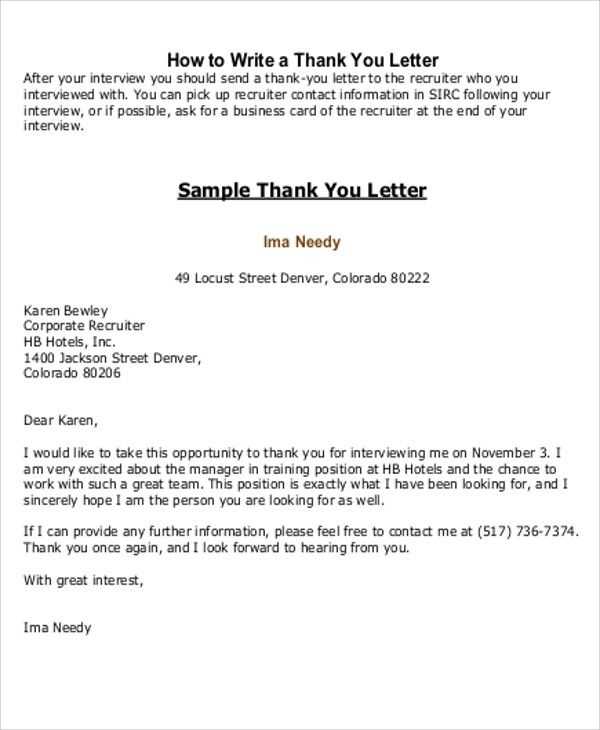
When engaging in a professional selection process, it’s essential to leave a positive, lasting impression. A well-composed message can reinforce your interest and demonstrate good manners. It’s not just about expressing appreciation but also about solidifying your candidacy by showing professionalism and attention to detail.
Crafting a message to convey your appreciation can be challenging, but with the right approach, it can greatly enhance your prospects. Including key components in a clear and respectful manner helps ensure your message stands out. Personalizing it to reflect the specifics of your conversation will make it more memorable and impactful.
Understanding the importance of a follow-up note goes beyond simply saying “thank you.” It’s a subtle yet powerful way to remind the hiring manager of your qualifications, fit for the role, and eagerness to contribute to their team.
Crafting a Professional Thank You Message
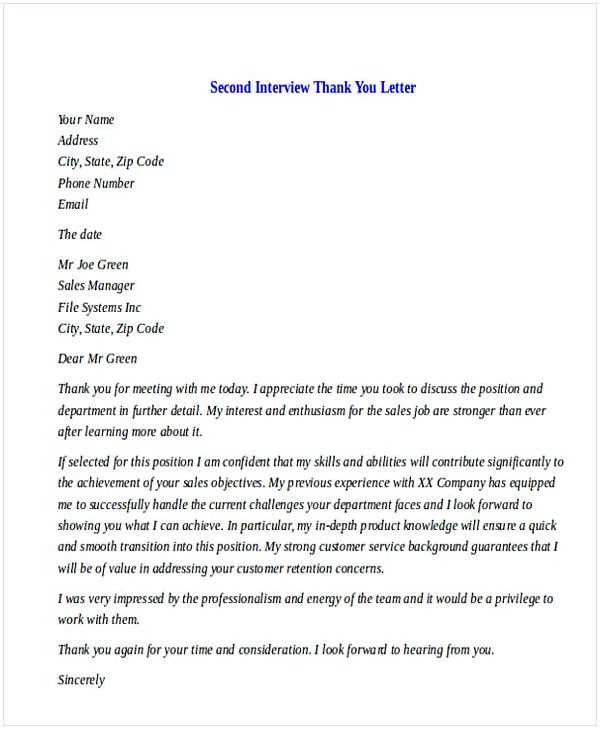
Sending a message of appreciation is a key step in any job selection process. It’s not only about politeness but also about reinforcing your enthusiasm and highlighting your suitability for the role. A professional message should reflect both your gratitude and your understanding of the conversation.
Key Points to Remember
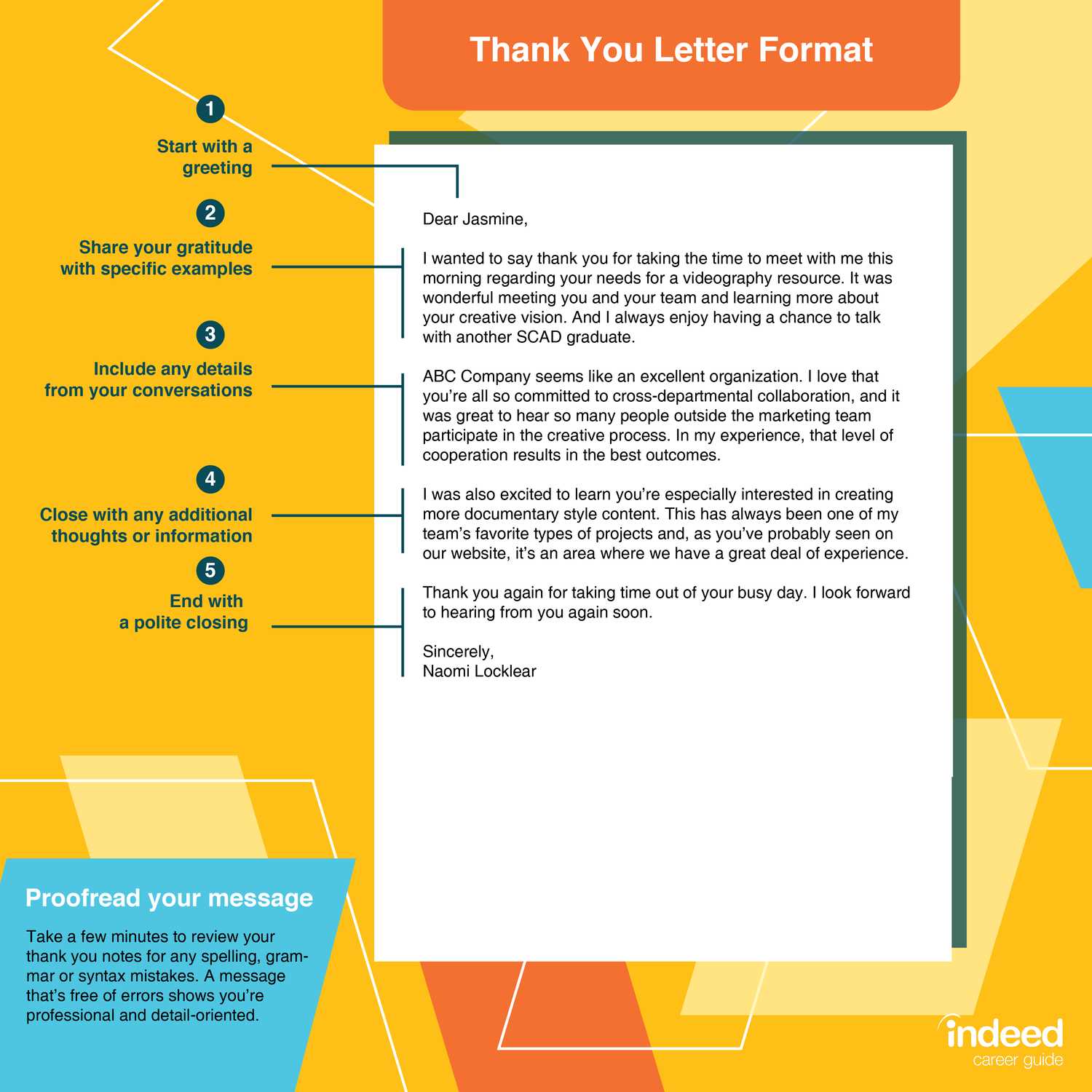
- Be concise: Keep your message clear and to the point. Express your gratitude without overloading the reader with excessive details.
- Personalize your content: Reference something specific discussed during your meeting to show that you were attentive and engaged.
- Maintain professionalism: Use formal language and avoid informal phrasing or abbreviations.
- Express enthusiasm: Reaffirm your interest in the position and the company.
Steps to Ensure Effectiveness
- Start by expressing appreciation for the opportunity to speak with the hiring team.
- Briefly summarize your key strengths or qualifications relevant to the role.
- Conclude with a polite statement that looks forward to the next steps in the process.
By following these guidelines, you can create a memorable and effective message that reinforces your candidacy and leaves a positive impression on potential employers.
Key Elements to Include in Your Letter
When composing a message to express your appreciation, it’s crucial to ensure that it is both thoughtful and effective. Including specific details can make your communication more impactful and memorable. A well-constructed message should convey your gratitude while emphasizing your continued interest in the role.
First and foremost, it’s important to acknowledge the time and effort the recipient invested in meeting with you. A clear reference to a topic discussed during your conversation shows attentiveness and demonstrates that you were engaged. Additionally, reinforcing your qualifications and why you’re a strong fit for the role will help remind the reader of your value to the team.
Lastly, closing with a statement of enthusiasm for the next steps conveys a positive and forward-thinking attitude. This ensures the conversation continues on a hopeful note and leaves a lasting impression. By incorporating these key elements, your message will reflect both your professionalism and your genuine interest in the opportunity.
Best Practices for Interview Follow-up
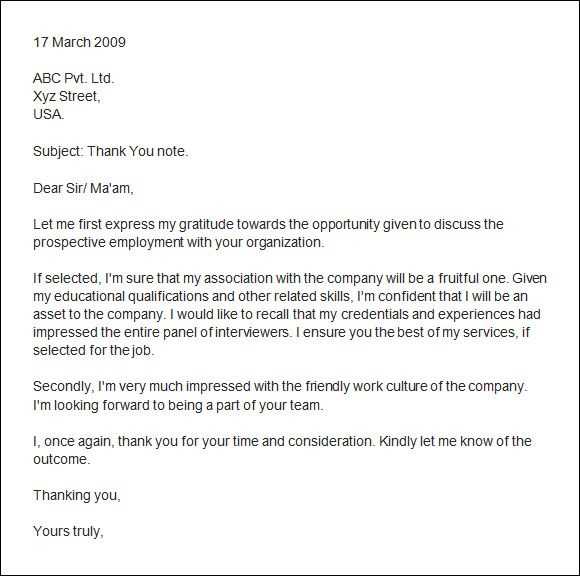
Reaching out following a professional meeting is an important step in maintaining momentum. It’s essential to approach this process thoughtfully, ensuring that your message leaves a positive impact and reinforces your qualifications. This follow-up serves as an opportunity to express your appreciation while further highlighting your interest in the position.
Timing plays a key role in ensuring your message is well-received. Ideally, send your follow-up within 24 to 48 hours of the discussion to demonstrate promptness without appearing overly eager. Early communication helps keep you top of mind for the hiring team while showing respect for their time.
Tone is another critical factor. Aim for a professional yet friendly approach. Ensure your message conveys gratitude and enthusiasm, while remaining concise and clear. Tailor your communication to reflect the tone of the initial meeting, and avoid overly casual language.
By adhering to these best practices, you can create a follow-up that not only expresses gratitude but also strengthens your candidacy. A well-timed, well-crafted message can go a long way in reinforcing your professional demeanor and enthusiasm for the role.
How to Personalize Your Thank You Note
Personalization plays a key role in making your message stand out and feel sincere. By tailoring your communication to reflect the unique aspects of your conversation, you can demonstrate your attentiveness and genuine interest in the opportunity. A personalized approach also helps you connect on a deeper level with the recipient, making your message more memorable.
To begin, reference specific topics or insights shared during your meeting. This shows that you were actively engaged and that the conversation had a meaningful impact. Additionally, highlighting how your skills align with the discussed needs of the company can reinforce your qualifications and enthusiasm for the role.
Incorporating small details such as the company’s values or a point of mutual interest can also help personalize your message. By making these adjustments, your note will feel less generic and more reflective of the unique relationship you’ve begun to establish with the hiring team.
Avoiding Common Mistakes in Thank You Letters
Crafting a well-written message can be challenging, especially when aiming to make a strong impression. There are several common pitfalls that can diminish the impact of your communication. Avoiding these mistakes ensures that your message remains professional and effective, reinforcing your qualifications and interest in the position.
One frequent error is being too casual in tone. While it’s important to express enthusiasm, overly informal language can make you seem less professional. Another common mistake is failing to personalize your content, which may result in your message feeling generic. Generic messages can easily be overlooked or dismissed, so it’s important to take the time to reflect on your conversation and tailor your words accordingly.
| Common Mistake | How to Avoid It |
|---|---|
| Overly casual tone | Use formal, professional language while maintaining warmth and enthusiasm. |
| Generic content | Personalize by referencing specific points discussed during your meeting. |
| Too lengthy | Keep your message concise, focusing on key points without unnecessary details. |
| Delayed response | Send your follow-up within 24-48 hours to remain relevant. |
By avoiding these common errors, you can craft a message that truly reflects your professionalism and interest in the opportunity. A thoughtful and well-executed follow-up will strengthen your candidacy and leave a lasting positive impression.
When and How to Send Your Message
Timing and delivery are crucial when it comes to sending a follow-up note. Sending your message at the right time and through the appropriate medium can make a significant difference in how it is received. This section will guide you on the best practices for both the timing and the method of communication.
Optimal Timing
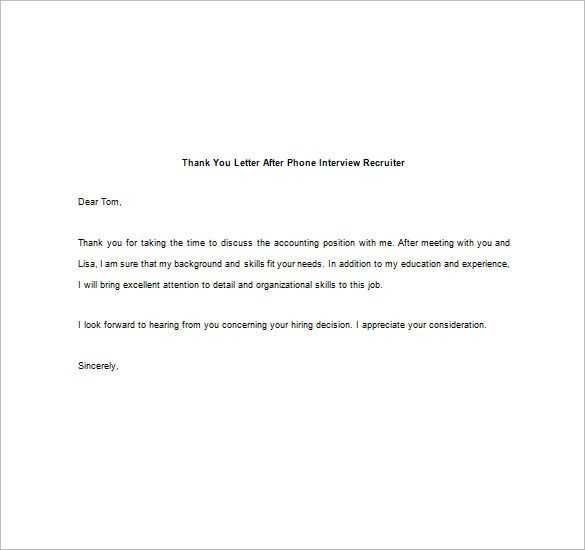
It’s important to act promptly while the meeting is still fresh in the recipient’s mind. Ideally, send your note within 24 to 48 hours. This timeframe shows that you are both considerate and eager without appearing too eager. Sending it too early might make you seem desperate, while waiting too long could lead to your message being overlooked.
Choosing the Right Medium
Email is typically the preferred medium for follow-up communication, as it is fast and professional. However, if the company or person you met with has communicated through another platform, such as LinkedIn, it may be appropriate to use that channel as well. Regardless of the medium, ensure that your message is concise, free of errors, and reflects your enthusiasm for the opportunity.